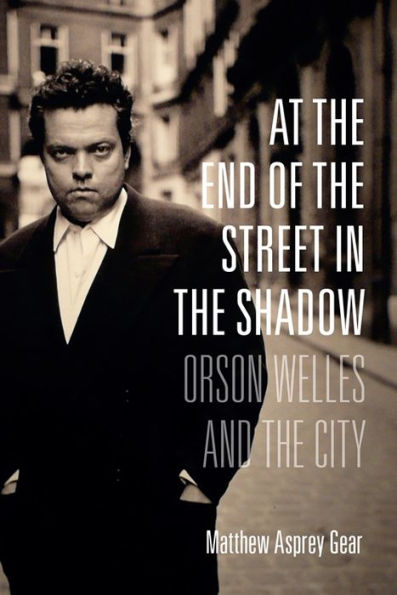Table of Contents
Acknowledgements ix
Introduction 1
Prelude: A Nuisance in a Factory: Hollywood: 1939-48, 1956-58 13
Welles's U.S.A.
1 The Decline and Fall of the Lincoln Republic 21
2 An Empire Upon an Empire: Citizen Kane (1941) 33
3 The Darkening Midland: The Magnificent Ambersons (1942) 49
Pan-America
4 Darkness and Fear: The Early Anti-Fascist Thrillers 77
5 The Raucous Raggle-Taggle Jamboree of the Streets It's All True (Unfinished, 1942) 99
6 Ratline to Main Street: The Stranger (1946) 125
7 Port to Port: The Lady from Shanghai (1947) 145
8 The Border: Touch of Evil (1958) 163
9 Return to the Periphery: The Other Man (unproduced, 1977) 181
Interlude: A Free Man is Everywhere: Europe & Beyond: 1947-55, 1958-85 193
Postwar Europe
10 Skies and Rubblescape: Mr. Arkadin/Confidential Report (1955) 203
11 Lost in a Labyrinth: The Trial (1962) 225
Immortal Stories
12 To Adore the Impossible 243
13 In The Land of Don Quixote 257
Index 283



